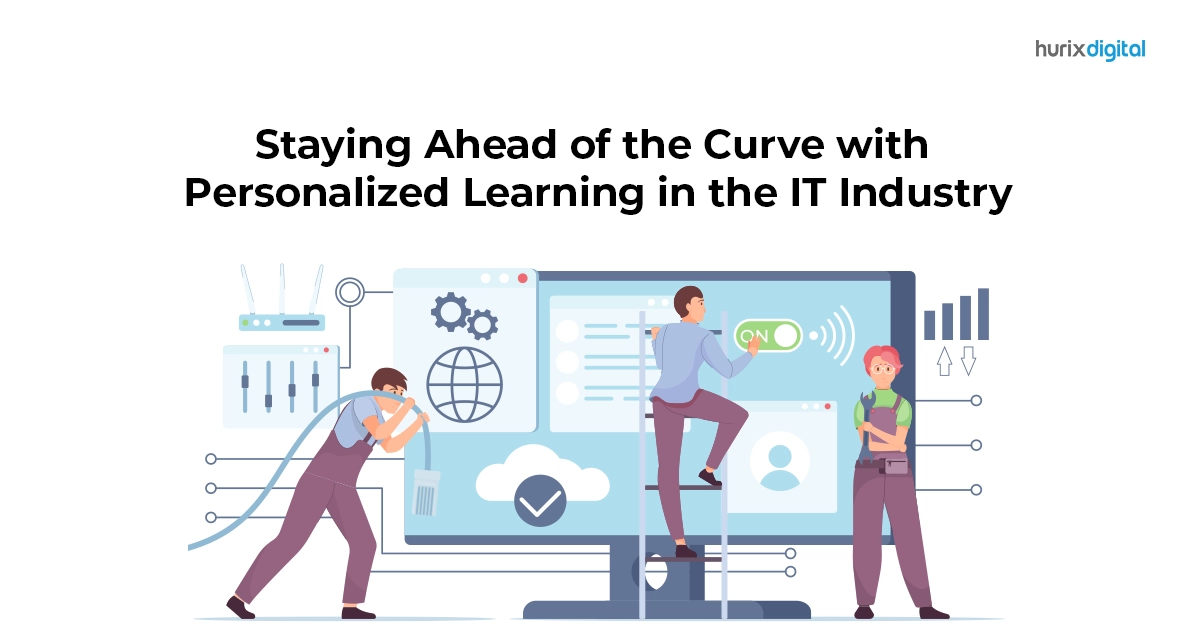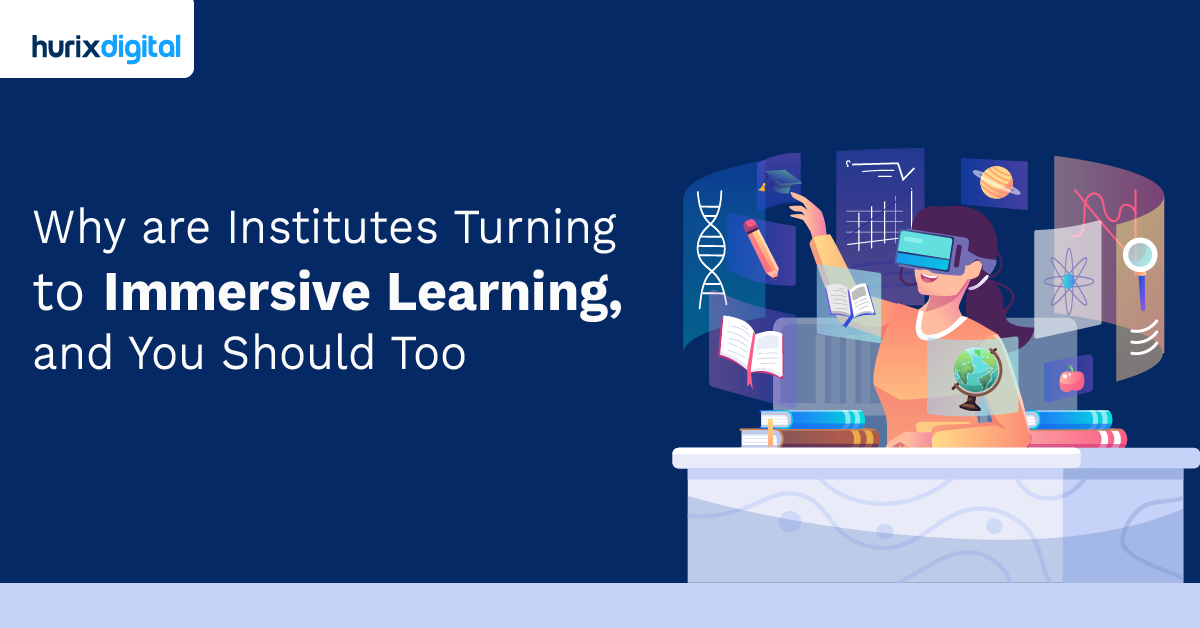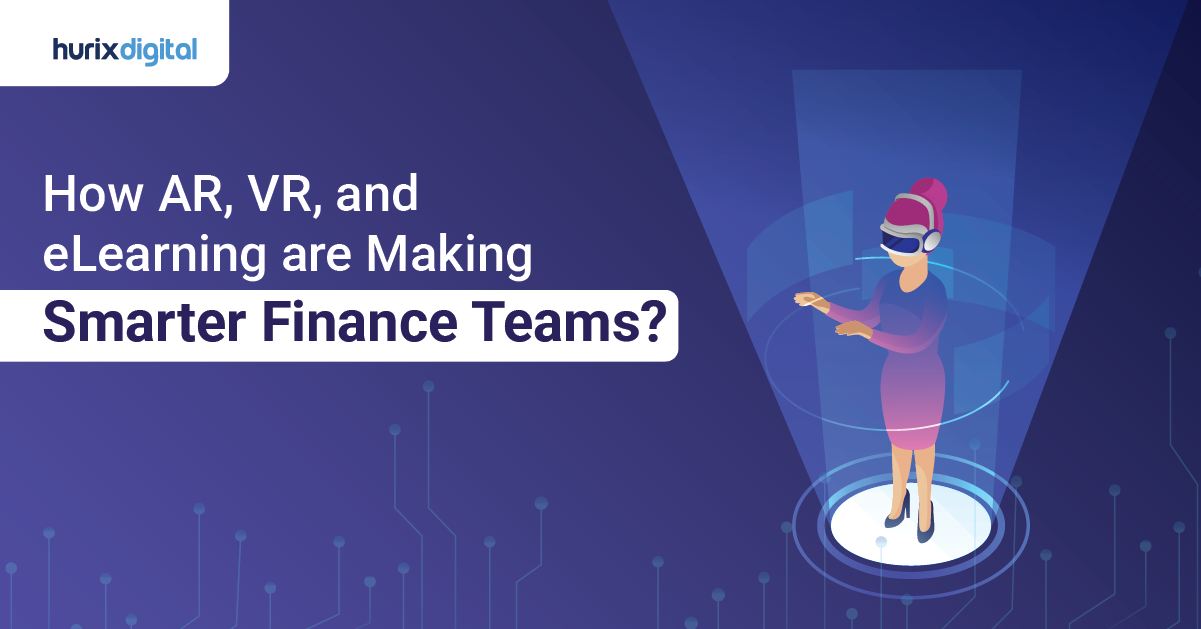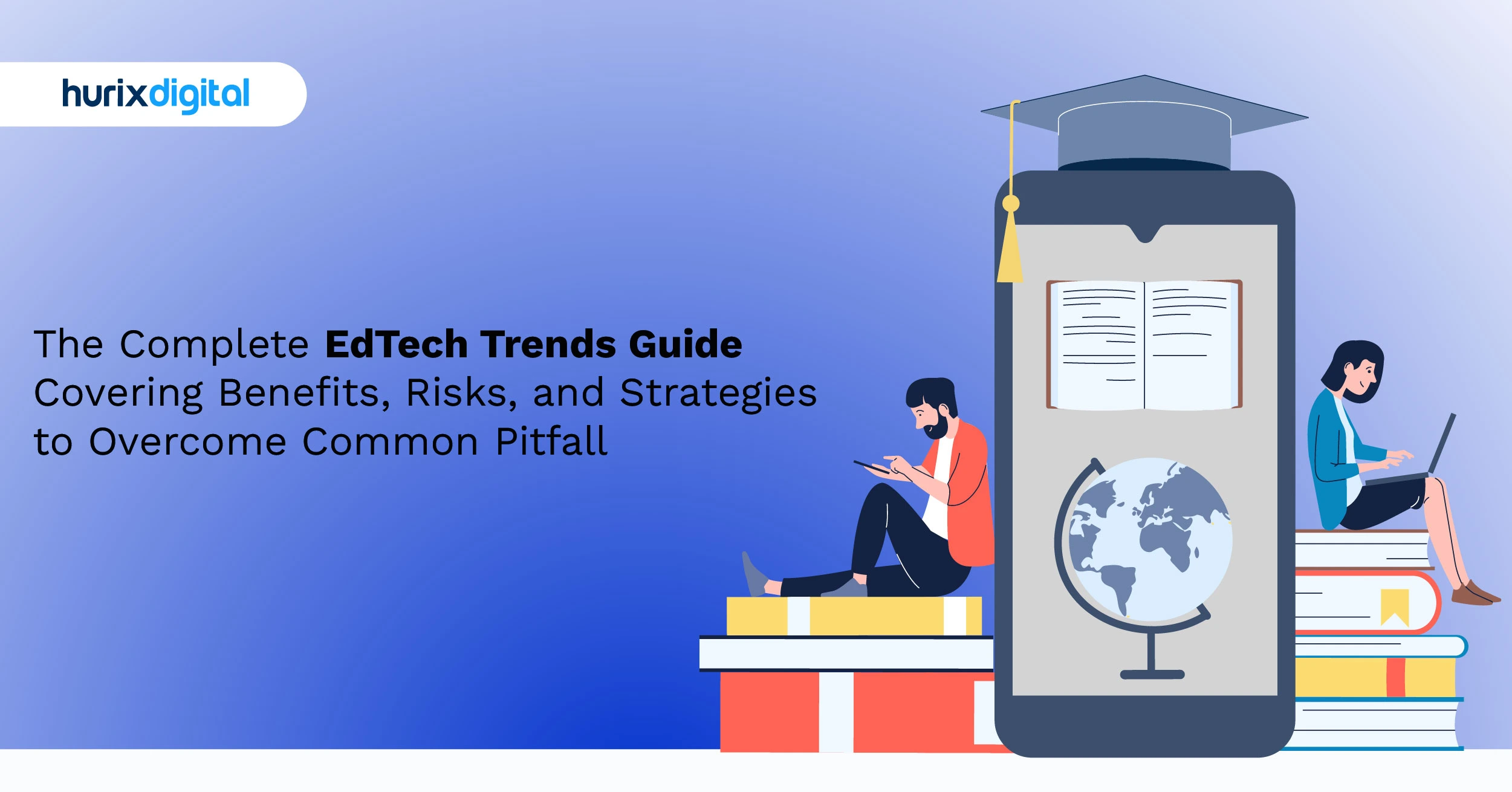
Staying Ahead of the Curve with Personalized Learning in the IT Industry
Summarize with:
The IT industry is constantly evolving and changing, with new technologies, trends, and challenges emerging every day. To stay ahead of the curve and remain competitive in the market, IT professionals need to keep their skills updated and relevant.
However, traditional IT training programs may not be enough to meet the diverse and dynamic needs of learners. That’s where personalized learning comes in.
Personalized learning is a learner-centered approach that tailors the content, pace, and delivery of learning to each individual’s preferences, goals, and abilities. It allows learners to have more control and choice over their learning experience while also providing feedback and guidance from instructors or mentors.
Personalized learning can help IT professionals learn more effectively, efficiently, and enjoyably. In fact, according to a recent study, technology-enhanced personalized learning is associated with better learning outcomes, as well as a higher motivation to learn.
In this blog, we will explore what personalized learning is, why it is important for IT professionals, and how to implement it in your IT training programs.
- What Is Personalization in Learning?
- Why Is Personalization Important in the IT Industry?
- How to Implement Personalized Learning in the IT Industry?
- Conclusion
What Is Personalization in Learning?
Personalized learning is not a one-size-fits-all solution. It is a flexible and adaptive approach that considers the individual needs, preferences, and goals of each learner.
Personalized learning can involve different elements, such as:
- Content personalization: This refers to customizing the content of the learning material based on the learner’s prior knowledge, skills, interests, and objectives.
Here’s a personalization example: a beginner programmer may need to learn the basics of Python, while an advanced programmer may want to learn how to use frameworks or libraries.
- Pace personalization: This means adjusting the speed and duration of the learning process based on the learner’s progress and performance.
For example, a fast learner may be able to complete a module in half an hour, while a slow learner may need an hour or more.
- Delivery personalization: In this case, the delivery mode and format of the learning materials are tailored to the learner’s preferences and availability.
For example, some learners may prefer video lectures over text-based courses or online courses over classroom courses.
- Feedback personalization: This refers to providing timely and relevant feedback to the learner based on their performance and behavior.
For example, some learners may need more encouragement and praise, while others may need more constructive criticism and guidance.
Personalized learning can be achieved through various methods and tools, such as:
- Learning analytics: This involves collecting and analyzing data about the learner’s behavior, performance, and feedback to understand their needs and preferences. Learning analytics can help identify the strengths and weaknesses of each learner, as well as their learning styles and patterns.
- Artificial intelligence (AI) and machine learning (ML): These are technologies that can enable intelligent and adaptive learning systems that can personalize the content, pace, delivery, and feedback of the learning material based on the learner’s data. AI and ML can also provide recommendations and suggestions for further learning or improvement.
- Adaptive learning: This is a type of personalized learning that uses AI and ML to dynamically adjust the difficulty level and complexity of the learning material based on the learner’s performance and progress. Adaptive learning can help learners achieve mastery at their own pace.
- Gamification: This technique applies game elements and mechanics to the learning process to increase engagement, motivation, and retention. Gamification can help personalize the learning experience by providing rewards, challenges, feedback, and competition.
- Microlearning: This is a technique that breaks down the learning material into small and manageable chunks that can be consumed in short bursts of time. Microlearning can help personalize the learning experience by allowing learners to choose when, where, and how they want to learn.
Also Read: How to Create Personalized Learning Paths for Higher Education Students
Why Is Personalization Important in the IT Industry?
Personalized learning is important in any industry, but especially for IT skills enhancement. Here are some reasons why:
1. Helps Learners Keep Up with the Fast-Changing Landscape
The IT industry is constantly evolving with new technologies, trends, and challenges. To stay relevant and competitive in the market, IT professionals need to update their skills regularly.
However, not all learners have the same level of knowledge or experience with different technologies. Personalized learning can help learners learn at their own pace and level based on their current skills and goals.
2. Helps Learners Develop Skills That Are in High Demand
The IT industry requires a wide range of skills that are not only technical but also soft and business-related.
According to a report, the top 10 IT skills for 2023 are cloud, cybersecurity, data analytics, AI, DevOps, digital transformation, project management, business analysis, customer service, and communication.
Personalized learning can help learners acquire and improve these skills based on their interests and career aspirations.
3. Helps Learners Enhance Their Learning Outcomes and Satisfaction
Personalized learning can help learners learn more effectively, efficiently, and enjoyably. By providing learners with content that is relevant, engaging, and challenging, personalized learning can increase their retention and comprehension.
Personalized learning can boost learners’ motivation and confidence by giving them more control over their learning experience. It can increase learners’ performance and improve their skills by providing them with timely and specific feedback.
How to Implement Personalized Learning in the IT Industry?
Implementing personalized learning in the IT industry can be challenging but not impossible. Here are some steps to follow:
1. Assess the Needs and Preferences of Your Learners
Before you design and deliver your training programs for tech workforce development, you need to understand who your learners are, what they want to learn, how they want to learn, and how they learn best.
You can use surveys, interviews, focus groups, or assessments to gather this information.
2. Design Your IT Training Programs with Personalization in Mind
Based on the data you collect from your learners, you need to design your IT training programs that can cater to their diverse and dynamic needs.
You can use various methods and tools to personalize the content, pace, delivery, and feedback of your IT training programs. You can also use different formats and modes of delivery to suit different preferences and availability.
3. Deliver Your Training Programs with Flexibility and Support
Once you have designed your IT training programs, you need to deliver them in a way that allows your learners to have more control and choice over their learning experience.
You can use online platforms or mobile apps that enable learners to access the learning material anytime and anywhere. You can also provide support and guidance to your learners through instructors or mentors who can monitor their progress and performance.
4. Evaluate Your Training Programs with Data and Feedback
After you have delivered your IT training programs, you need to evaluate their effectiveness and impact on your learners. You can use data and feedback from your learners to measure their learning outcomes and satisfaction.
You can also use data and feedback from your instructors or mentors to identify the strengths and weaknesses of your IT training programs. You can use this information to improve your IT training programs for future learners.
Conclusion
Personalized learning is a powerful way to enhance the skills and careers of IT professionals. By providing learners with a learning experience that is tailored to their needs, preferences, and goals, personalized learning can help them stay ahead of the curve in the IT industry.
If you are looking for a partner who can help you implement personalized learning in your IT training programs, look no further than Hurix Digital. Hurix Digital is a leading provider of digital content and learning solutions for enterprises and educational institutions.
Hurix Digital can help you design and deliver personalized learning solutions that are innovative, engaging, and effective.
Contact us today to find out how they can help you transform your IT training programs with personalized learning.
Summarize with:

Performance, Results, Growth, and Life-Long Learning define my professional life. I am passionate about making workplace learning planful, purposeful, and impactful. I take pride in partnering with clients and bringing them the best in learning design and creating solutions that address business challenges.
 A Space for Thoughtful
A Space for Thoughtful 



